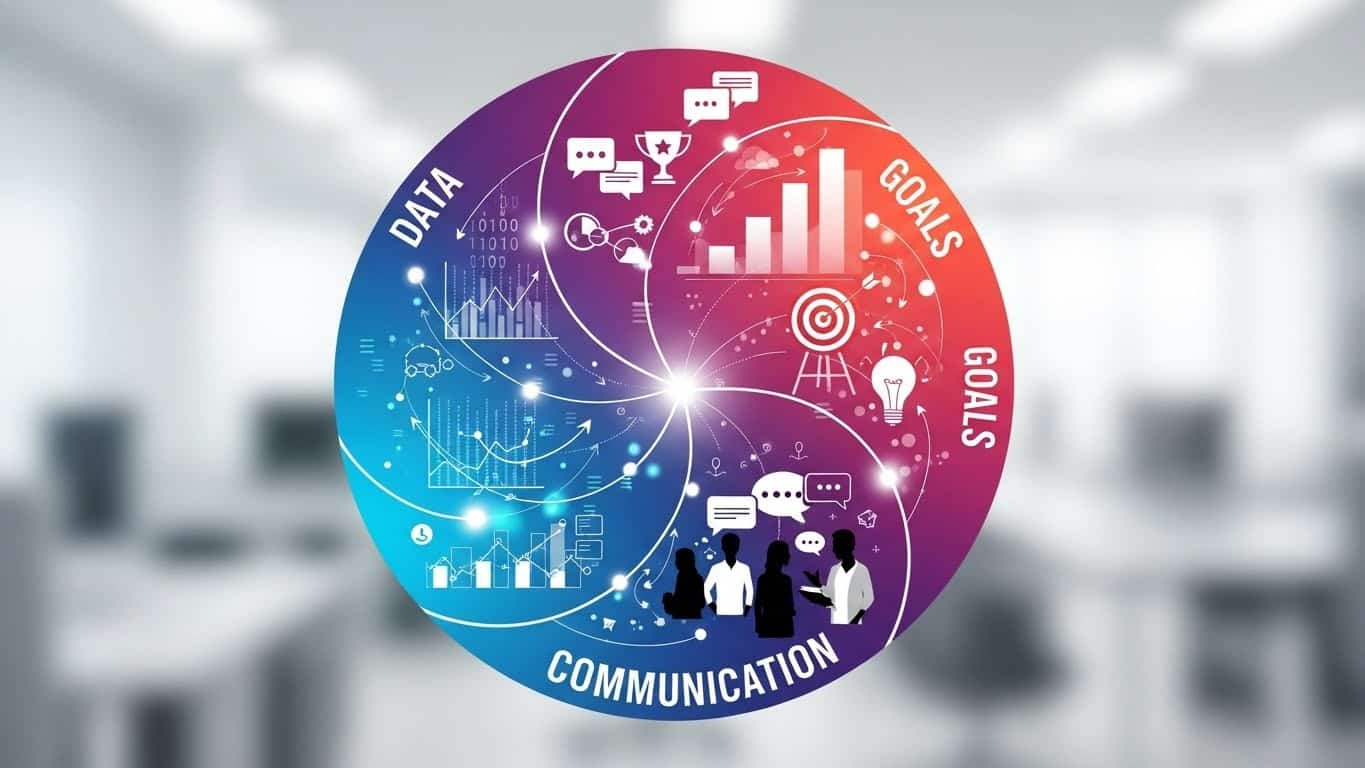The Growth Mindset: How Leaders Can Foster a Culture of Growth
In today’s fast-paced business world, the ability to adapt and grow is more than a skill – it’s a necessity. For leaders, this means not just embodying a growth mindset themselves but also fostering this culture within their teams. But what exactly is a growth mindset, and how can leaders effectively cultivate it?
Understanding the Growth Mindset
A growth mindset, a term coined by psychologist Carol Dweck, is the belief that abilities and intelligence can be developed. It contrasts with a fixed mindset, where abilities are seen as static and unchangeable. In a growth mindset culture, challenges are opportunities, effort is a path to mastery, and feedback is a source of learning.
Strategies for Fostering a Growth Mindset
Encourage Learning from Failures
Deep Dive: Create a culture where failures are not seen as setbacks but as stepping stones to success. Implement regular ‘retrospective meetings’ where teams can discuss what didn’t work and why, without fear of blame or criticism. This practice not only helps in learning from mistakes but also in brainstorming solutions for the future. For example, after a project completion, hold a session to discuss the challenges faced and the learnings derived, ensuring that these insights are documented and accessible for future reference.
Promote Continuous Learning
Deep Dive: Establish a learning ecosystem within your organization. This could involve setting up an internal knowledge-sharing platform, providing access to online courses, or organizing regular training sessions and workshops. Encourage employees to set personal and professional learning goals and support them by providing the necessary resources. For instance, you could allocate a certain budget or time each quarter for employees to pursue courses or attend workshops relevant to their roles.
Model a Growth Mindset
Deep Dive: Leaders should lead by example. Share your personal experiences where a growth mindset helped you overcome challenges. Regularly communicate the value of persistence, effort, and strategies over innate talent. For example, during team meetings, share stories of how you tackled a difficult situation by learning a new skill or adapting your approach.
Provide Constructive Feedback
Deep Dive: Shift the focus of feedback from critiquing personal attributes to discussing strategies and processes. Use the ‘SBI’ (Situation-Behavior-Impact) model to provide specific, behavior-focused feedback. For instance, instead of saying “You’re not good at this,” say “In today’s meeting, when you presented the data without context (Situation), it made the information hard to follow (Behavior). This led to some confusion among the team (Impact). How can we work on presenting data more effectively?”
Celebrate Efforts and Progress
Deep Dive: Recognize and reward not just the outcomes but the effort and progress made towards goals. This could be through formal recognition programs or informal acknowledgments in team meetings. For example, create a ‘shout-out’ segment in your weekly team meetings where you acknowledge individuals who have shown remarkable effort or improvement, regardless of the outcome.
The Impact of a Growth Mindset
Organizations that embrace a growth mindset benefit from increased innovation, agility, and employee engagement. Employees in such cultures are more likely to take on challenges, learn from feedback, and persist in the face of obstacles, driving the organization towards continuous improvement and success.
Conclusion
Fostering a growth mindset is a journey that requires commitment and consistent effort from leaders. By implementing these strategies, you can create an environment where growth, learning, and resilience are part of your organizational DNA, leading to a more adaptable and successful team.





